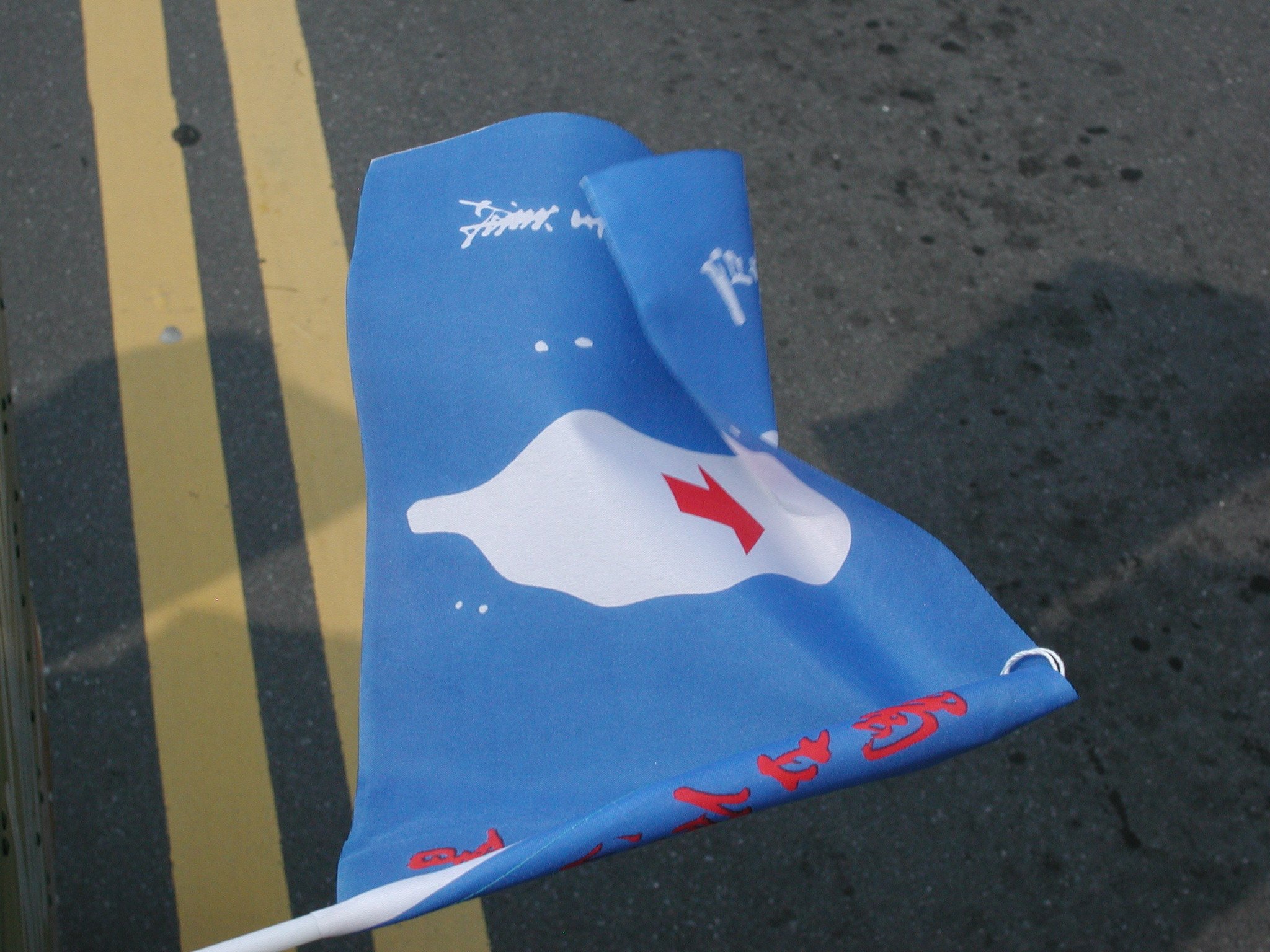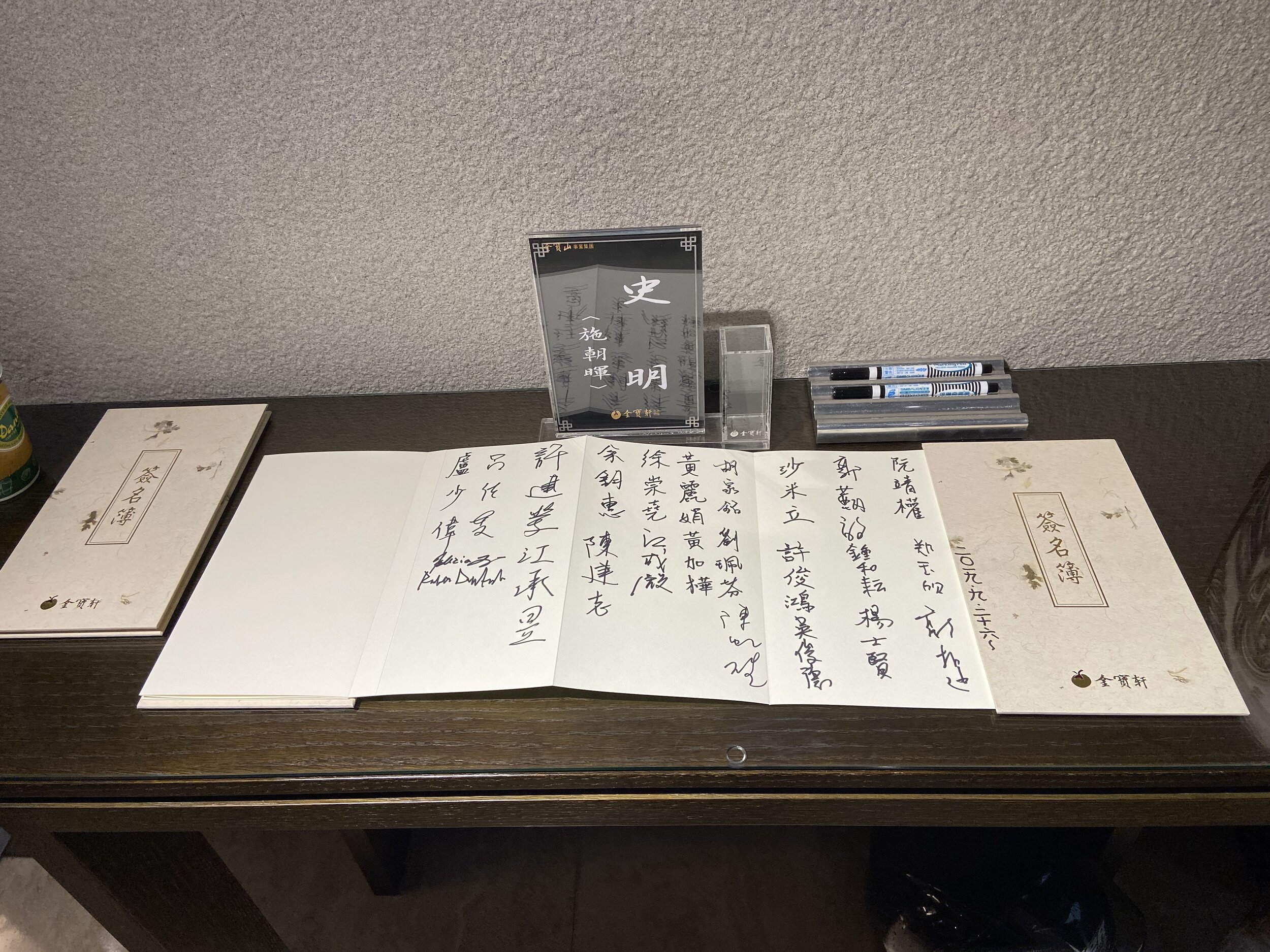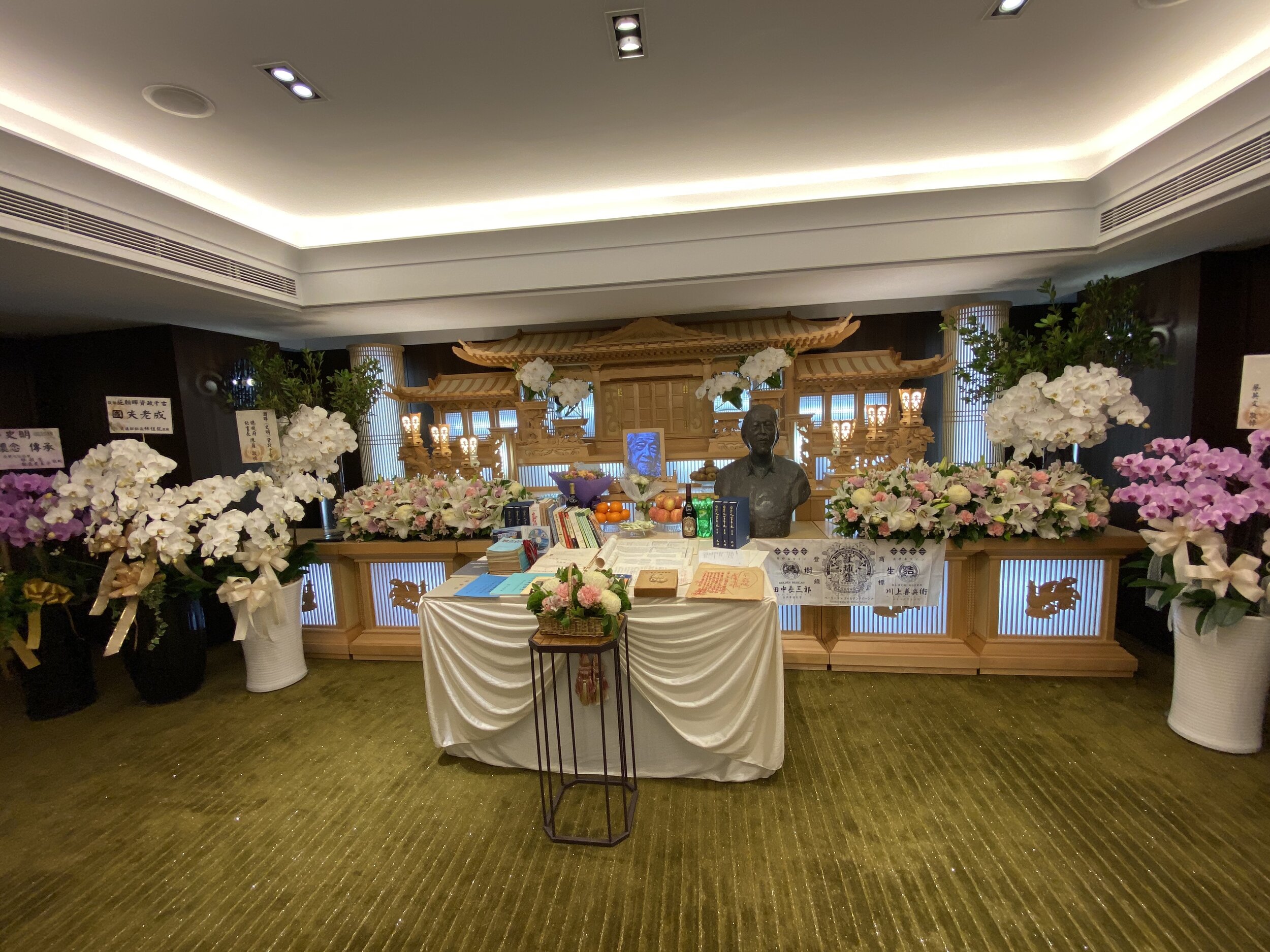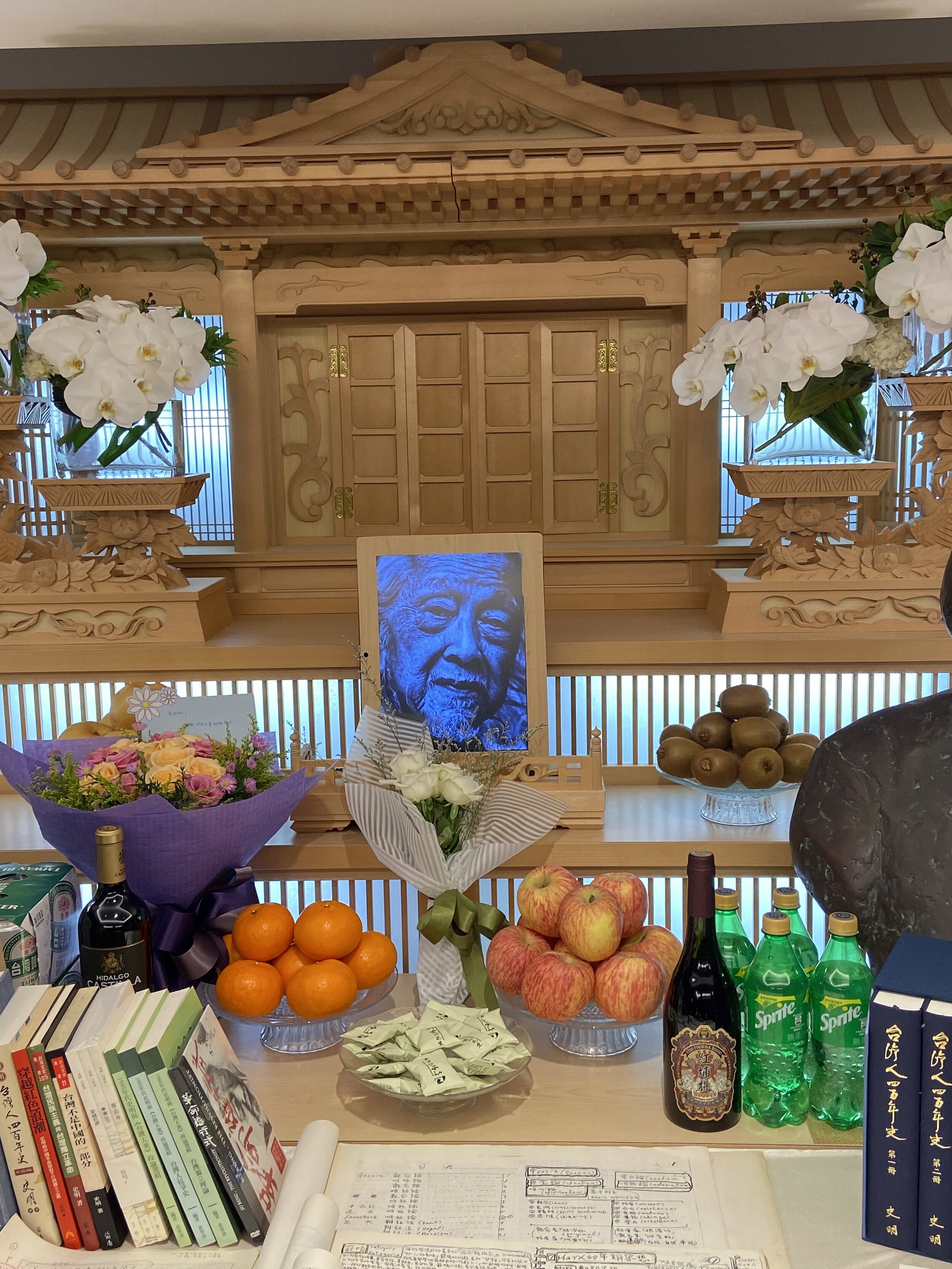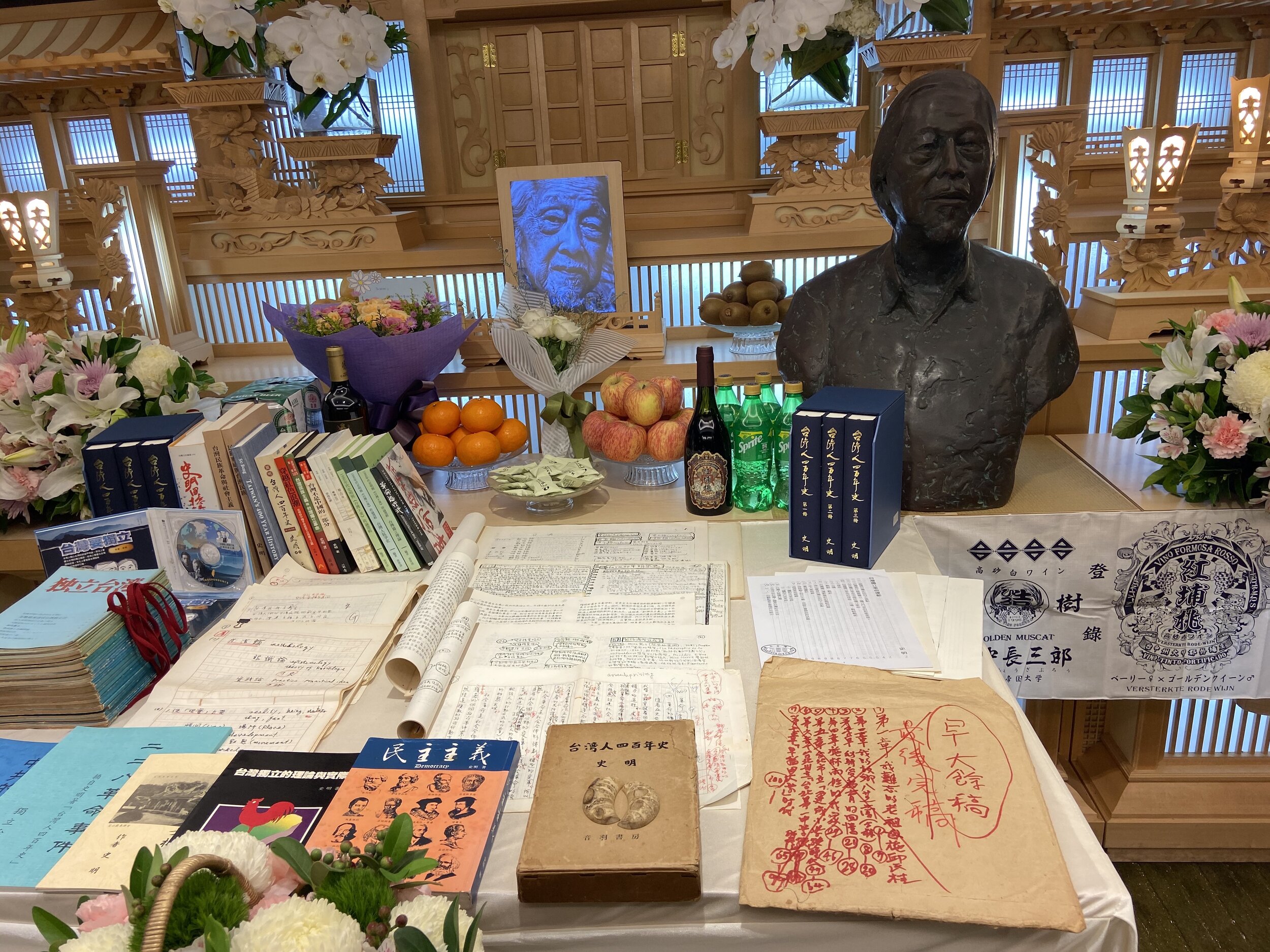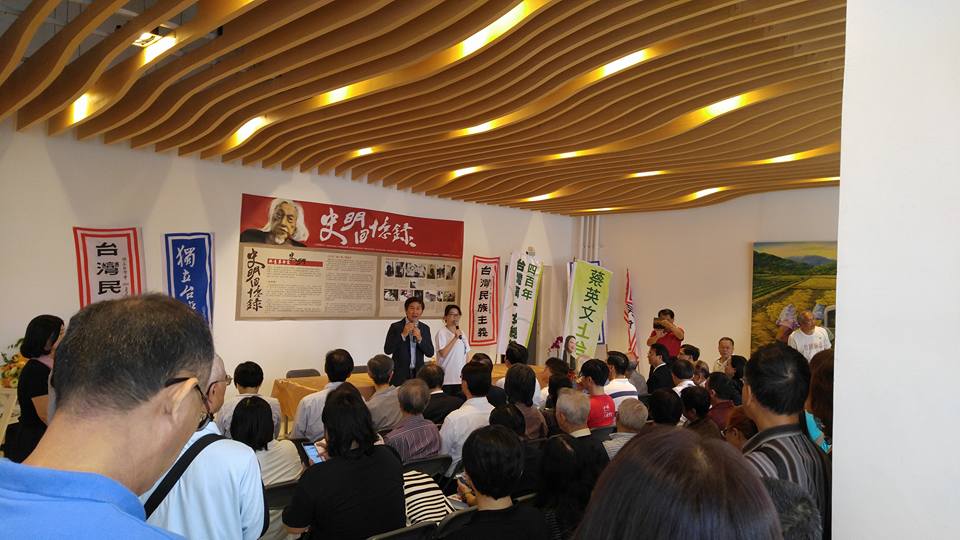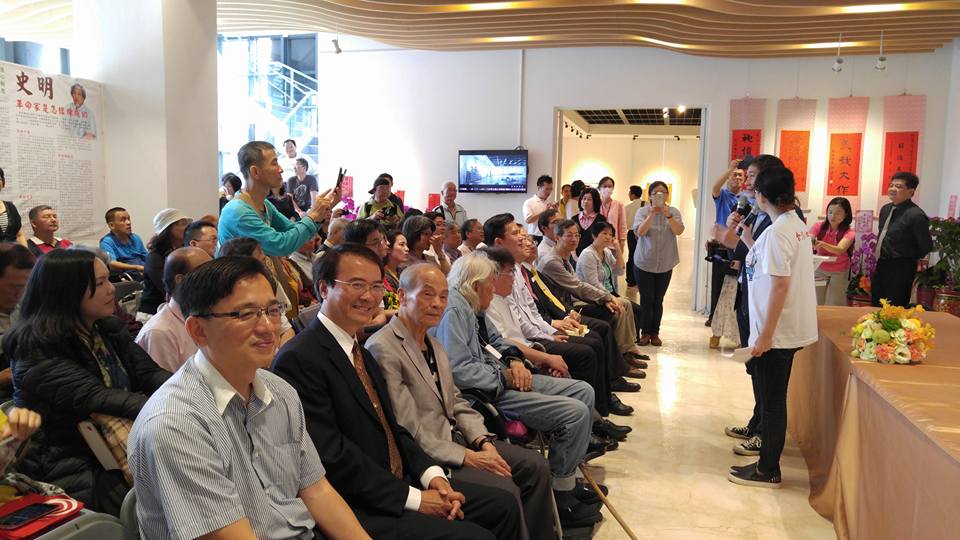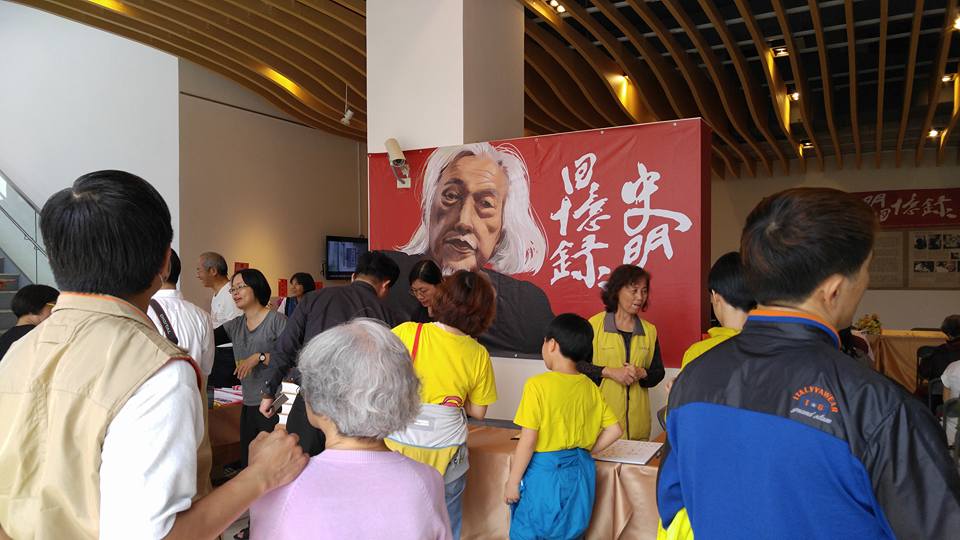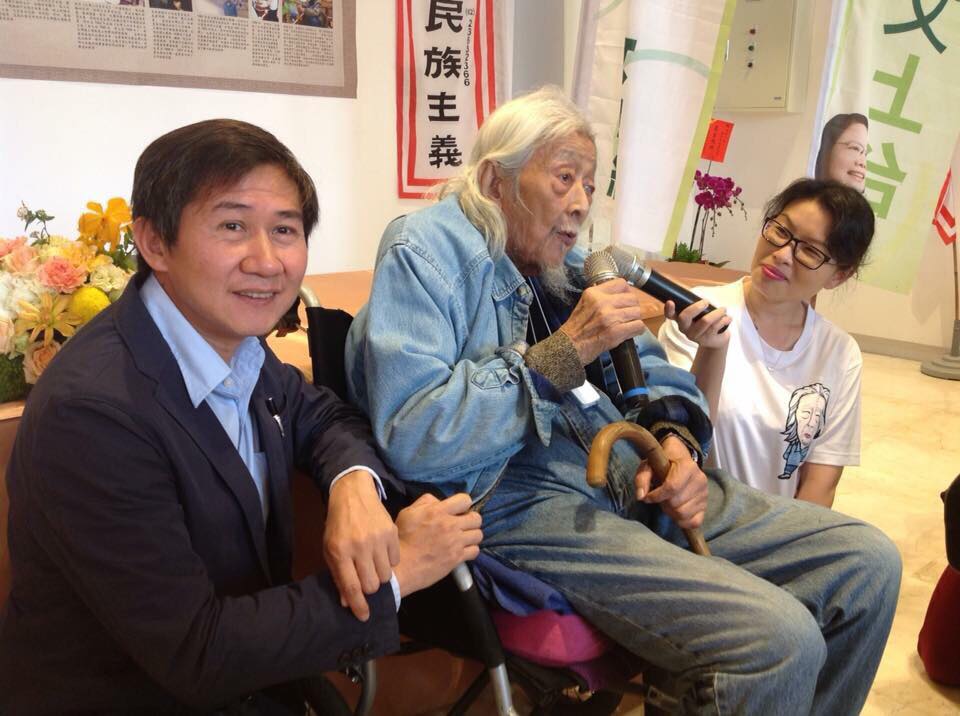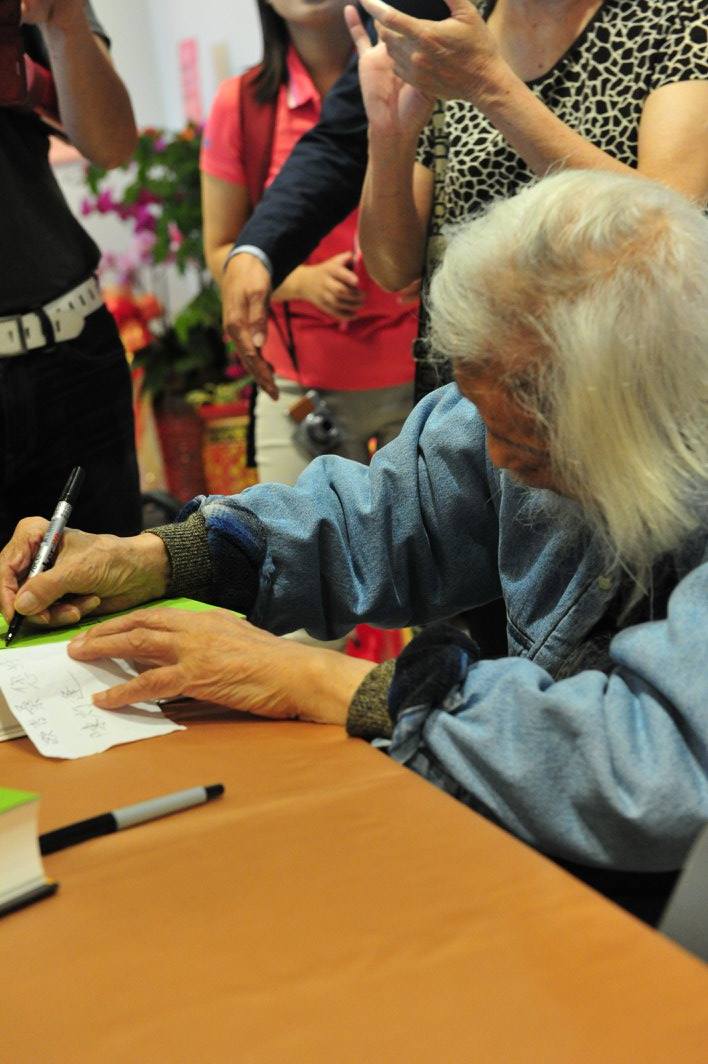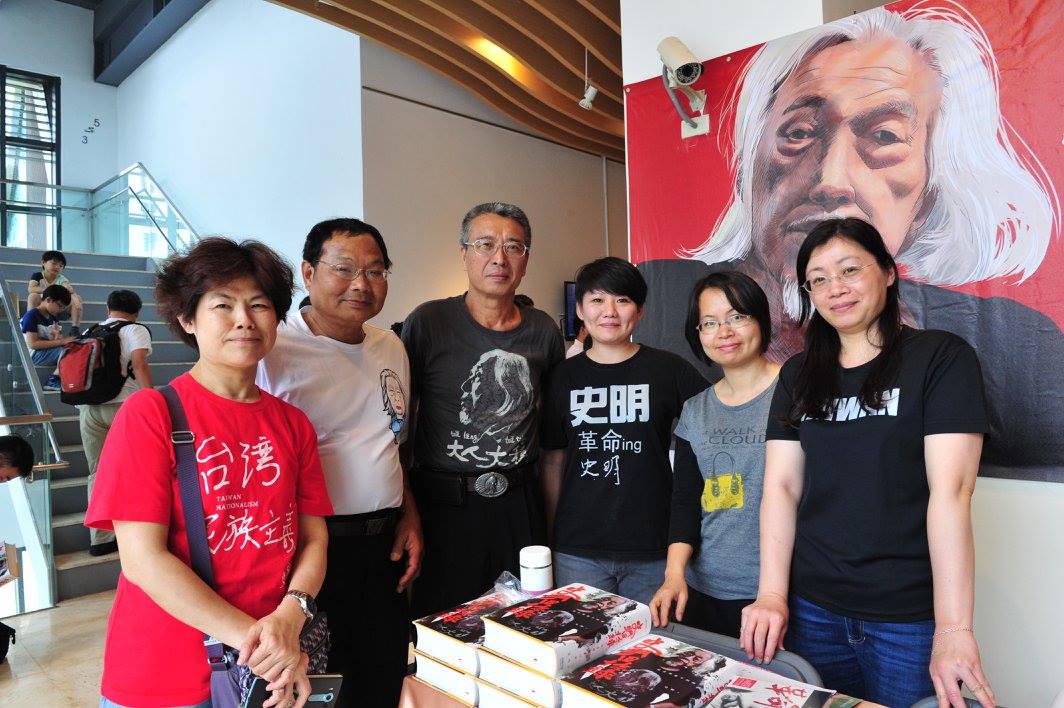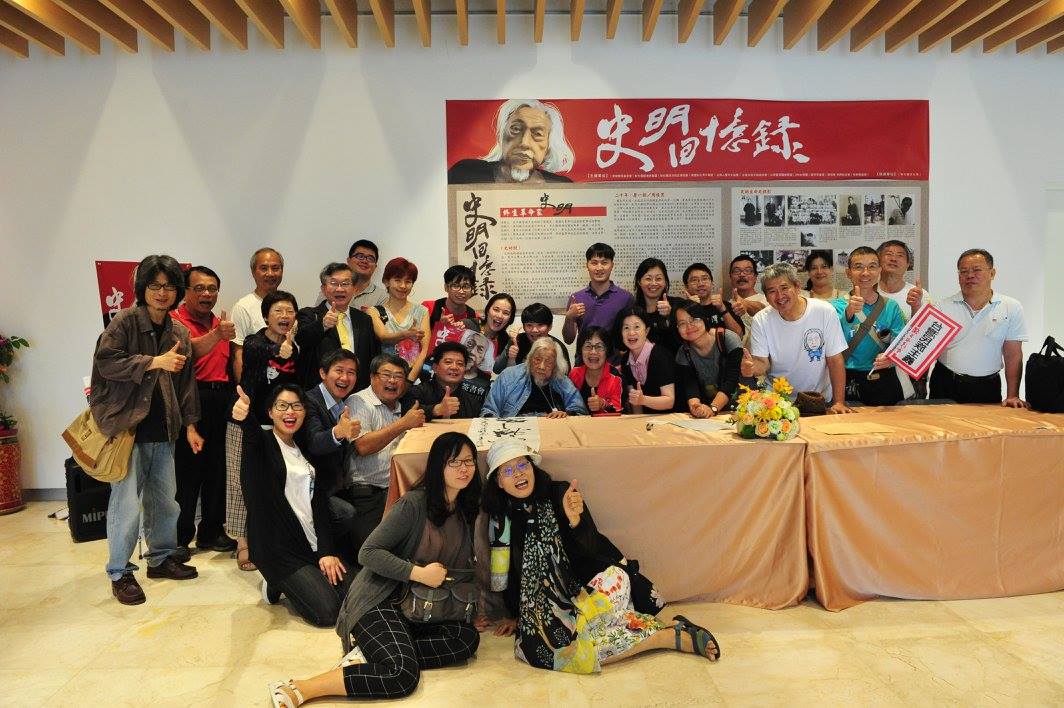Talking Taiwan: Remembering Su Beng Taiwanese Revolutionary with Jiho Chang
November 9th would be Su Beng’s birthday. He passed away on September 20, 2019 and I wanted to remember him on this day.
In this week’s episode of Talking Taiwan (a podcast that I produce and host), I spoke with Jiho Chang one of the co-authors of The Oral History of Su Beng (史明口述史), a three-volume book that he and others collaborated on while attending the National Taiwan University. In addition to talking about Su Beng’s legacy, Jiho shared some personal stories about Su Beng, and talked about Su Beng’s role in the Sunflower Movement.
At the end of the episode, I share some of my fondest memories of Su Beng.
CLICK on the image below to hear this Talking Taiwan episode.
Here’s a little preview of what we talked about in this podcast episode:
· The public funeral/memorial that was organized for Su Beng on October
· Su Beng’s lifelong commitment to the cause of Taiwan’s independence
· The noodle shop that Su Beng opened in 1950s in Ikebukuro, Japan
· The underground and afterhours activities that happened at the noodle shop
· The third and fourth floors of the noodle shop is being converted into a museum
· How Su Beng’s residence in New Taipei has been converted into a museum
· Su Beng’s connection to Taiwan’s current president Tsai Ing-wen
· How Jiho first heard of and met Su Beng
· The 1996 Taiwan Strait Crisis
· The English language version of Su Beng’s book, Taiwan’s 400 Year History The Chinese language version of Su Beng’s book, 台彎人四百年史(The Taiwanese People’s 400 Years of History)
· China’s Anti-secession Law
· Su Beng’s sit-in to protest China’s Anti-secession Law in 2005
· How Jiho joined Su Beng’s protest of China’s Anti-secession Law and got to know Su Beng
· The parallels and comparison between Su Beng and Che Guevara
· How Jiho, Lán Shì-bó / Nâ Sū-phok (藍士博) and others National Taiwan University students started interviewing Su Beng and wrote a three-volume book, The Oral History of Su Beng (史明口述史)
· Su Beng’s hospitalization for kidney failure in Japan in 2009
· Su Beng’s life in Japan as a student at Waseda University
· Su Beng’s family background
· Su Beng’s Japanese girlfriend/partner who he met while in China
· Su Beng’s love of Kentucky Fried Chicken
· Su Beng’s special relationship with his maternal grandmother
· Su Beng’s role in the 2014 Sunflower Movement
Felicia Lin, Tsai Ing-wen (president of Taiwan) and Su Beng at the Democratic Progressive Party headquarters in Taipei Taiwan (June 2014)
Related Links:
Jiho Chang’s Facebook page: https://www.facebook.com/JihoTiun/
Su Beng’s website: https://www.tw400.org.tw/
About Su Beng website: http://aboutsubeng.com/
The Story of Su Beng Facebook page: https://www.facebook.com/thestoryofsubeng
Su Beng's wikipedia page: https://en.wikipedia.org/wiki/Su_Beng
The 1996 Taiwan Strait Crisis: https://en.wikipedia.org/wiki/Third_Taiwan_Strait_Crisis
China’s Anti-secession Law: https://en.wikipedia.org/wiki/Anti-Secession_Law_of_the_People%27s_Republic_of_China
Su Beng's noodle shop in Ikebukuro, Japan
Learn about Su Beng's noodle shop in this blog post: http://aboutsubeng.com/blog/2010/10/noodle-shop-that-could.html?rq=noodle%20shop%20that%20could
The Taiwan Independence Action Motorcade (獨立台灣會)
Learn more about the Taiwan Independence Action Motorcade (獨立台灣會) from this blog post: http://aboutsubeng.com/blog/2007/04/weekend-of-commemoration-april-5-7-2007.html
The Revolutionary in New York event organized for Su Beng on July 22, 2011: http://aboutsubeng.com/blog/2011/07/july-22-su-beng-214-sullivan-st.html
Sunflower Movement: https://en.m.wikipedia.org/wiki/Sunflower_Student_Movement
The music video for “Island’s Sunrise” (島嶼天光) in which Su Beng makes a cameo appearance: https://youtu.be/iV8JDbtXZm4
Video of Su Beng arriving at the end of the occupation of the Legislative Yuan on April 10, 2014: https://youtu.be/WasPzayqVPI
LISTEN to Talking Taiwan on your preferred podcasting platform!
Apple Podcasts: Click HERE to Listen
Audible: Click HERE to Listen
Spotify: Click HERE to Listen
Stitcher: Click HERE to Listen
Google Podcasts: Click HERE to Listen
iHeartRADIO: Click HERE to Listen
In other news related to Su Beng’s birthday this bakery Papago Food (趴趴走美食工坊) has made these special pastries to commemorate his birthday.

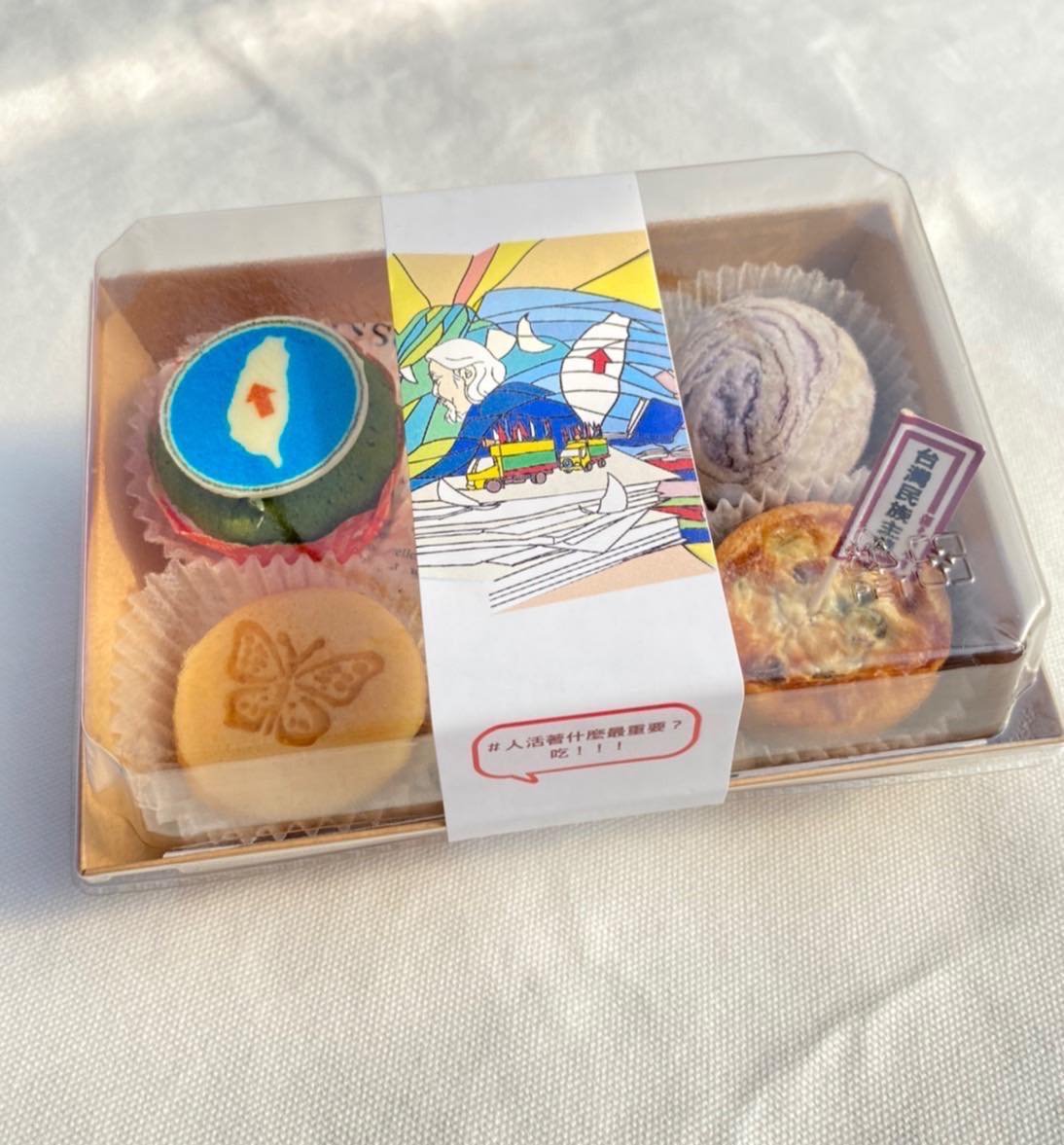

If you’ve ever seen Su Beng’s Taiwan Independence Action Motorcade (獨立台灣會), some of these symbols will be familiar.
The blue flag with the shape of Taiwan on it with the red arrow symbolizes the grassroots nature of his work. He often focused his message on the working class. He was a socialist/Marxist idealist and said that movements must start with the masses, the working class people.
A flag created by Su Beng and used by the Taiwan Independence Action Motorcade (獨立台灣會)
The red and white flag with the characters 台灣民族主義 is often seen atop the Taiwan Action Motorcade vehicles and can be translated as Taiwan nationalism.
Taiwan Independence Action Motorcade (獨立台灣會) propaganda truck






